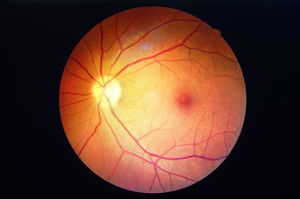Diabetic Retinopathy And Its Types
Diabetic retinopathy affects patients who have diabetes. It is an eye disease which is caused by high blood sugar level. It damages the retinal blood vessels causing it to swell and leak or sometimes stopping the flow of blood. Abnormal blood vessel growth is also there in this condition, finally leading to vision loss.
This is of two stages. The first stage is Non Proliferative Diabetic Retinopathy (NPDR) and the second stage is Proliferative Diabetic retinopathy (PDR). NPDR is the early stage and people who have diabetes have this condition. In this condition there is blood vessel leakage and because of this the retina gets swollen up.
Macular edema condition occurs when the macula gets swollen up and this is the most common reason for people losing their vision. On the other hand, the blood vessel also gets closed off and is called macular ischemia. In turn, blood doesn’t reach the macula, affecting our vision. Blurry eyes are also associated with this condition.
Proliferative Diabetic Retinopathy is the second and most advanced condition and starts when the retina begins to grow new blood vessels. This condition is called neovascularization and the new blood vessels bleed into vitreous. When the bleeding is less, we see some dark floaters and when there is more bleeding, the vision gets blocked. As a result scar is also formed, leading to detached retina. This condition is very serious and it affects the peripheral vision and central vision.



 Jul 9th 2020
Jul 9th 2020